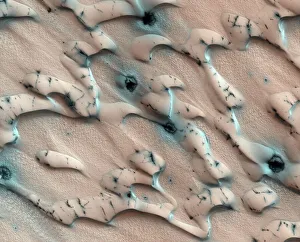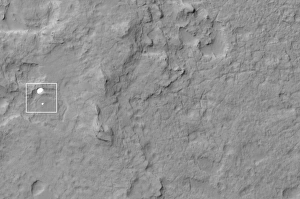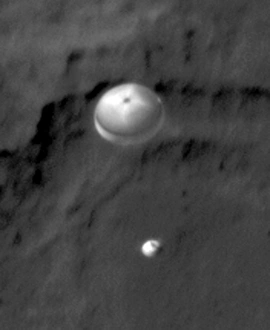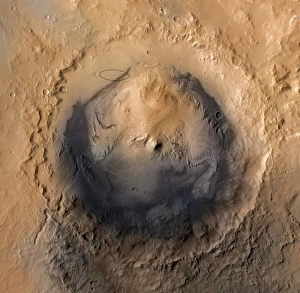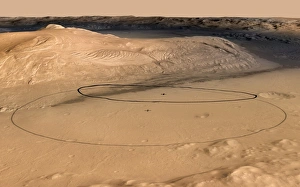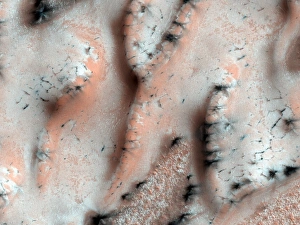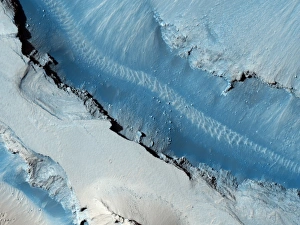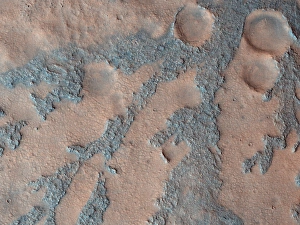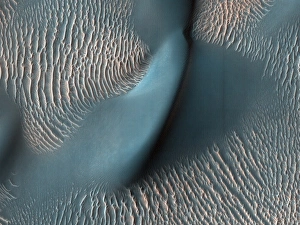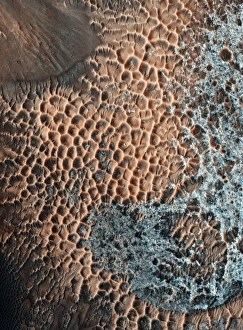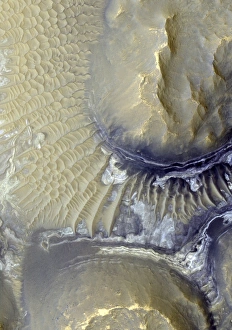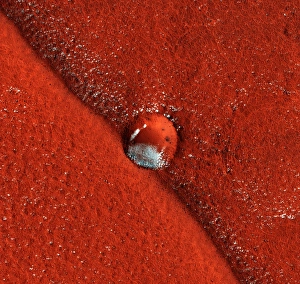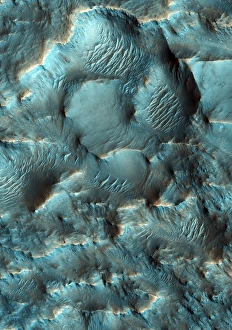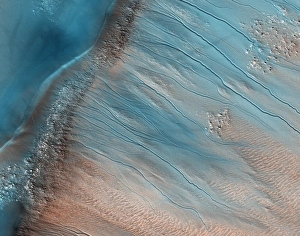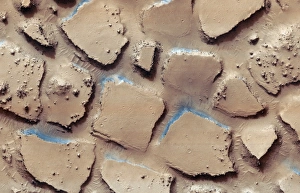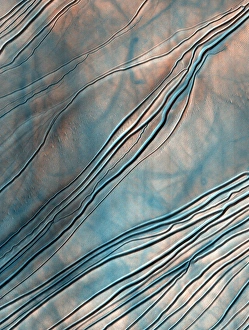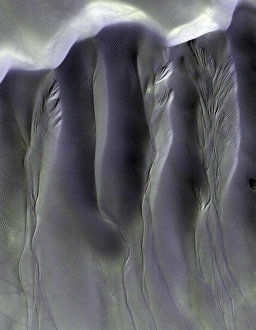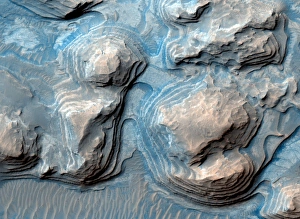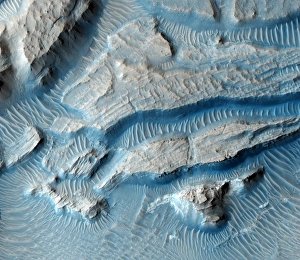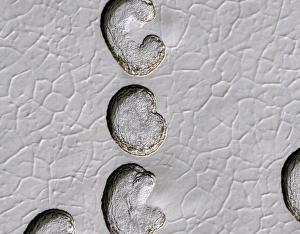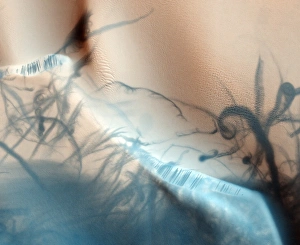Mars Reconnaissance Orbiter Collection
The Mars Reconnaissance Orbiter, a two-ton satellite, embarked on its journey to the Red Planet from Kennedy Space Center in Florida
All Professionally Made to Order for Quick Shipping
The Mars Reconnaissance Orbiter, a two-ton satellite, embarked on its journey to the Red Planet from Kennedy Space Center in Florida. As the 19-stories-tall Atlas V launch vehicle roared into action, trailing smoke and fire, it pierced through the atmosphere with incredible power. The sight was awe-inspiring as it soared above the trees near Launch Complex 41 at Cape Canaveral Air. With the vast Atlantic Ocean serving as a breathtaking backdrop, this mighty rocket showcased its strength and determination to reach Mars. Through breaks in the greenscape surrounding Launch Complex 41, spectators caught glimpses of this remarkable feat of human engineering. Once deployed into space, this state-of-the-art orbiter will embark on an extraordinary mission. Equipped with advanced technology and cameras capable of capturing intricate details from afar, it will explore Martian sand dunes like never before seen. Its satellite images promise to unveil mysteries hidden within these captivating landscapes. Just like its predecessor Curiosity rover descending onto Mars years ago, this new venture holds immense potential for scientific breakthroughs and discoveries that could reshape our understanding of the Red Planet's history and potential for sustaining life. As we eagerly await updates from this groundbreaking mission, let us marvel at humanity's relentless pursuit of knowledge about our neighboring planet. The Mars Reconnaissance Orbiter represents our unwavering curiosity and determination to unravel the secrets held by celestial bodies beyond Earth's realm.

